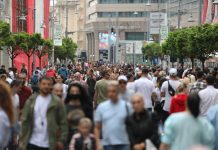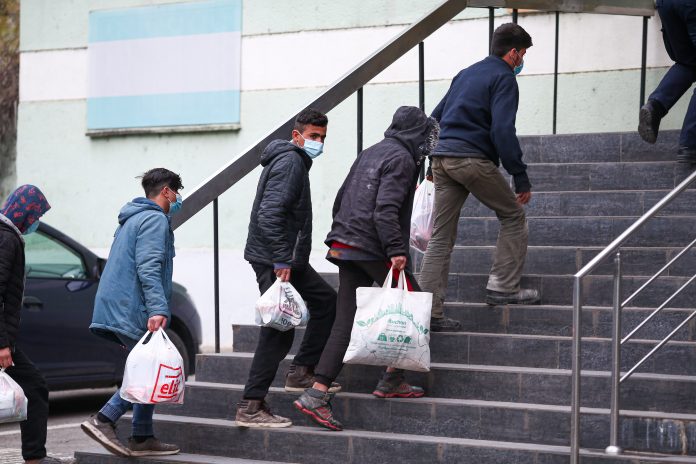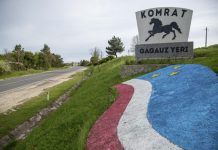German Interior Minister Horst Seehofer on Tuesday warned of increasing number of migrants trying to reach Europe using the so-called Balkan Route which now includes Romania.
„It is apparent that the migration numbers are rising significantly, in particular on the Balkan route,” Seehofer told the German news agency dpa in an interview published Tuesday.
Hundreds of migrants, mainly Afghans have been sleeping rough in the western city of Timisoara in recent weeks, daily Adevarul reported Wednesday.
Refugee
In April, a Afghan refugee was fatally stabbed and another was injured after a fight broke out between refugees at the Timisoara train station.
Flavius Ilioni who works for a non-governmental group that has provided assistance to asylum seekers in Timisoara says there were a record 6,200 applications for asylum in the city in 2020.
He says unaccompanied minors in their teens have been sleeping rough something that the city had never seen before, he told France 24.
Western Europe
The deputy prefect of Timis county, Ovidiu Draganescu said Timisoara is a stopping point for the migrants en route to Western Europe.
“With the arrival of spring, the number of migrants entering Romania from Serbia is expected to increase,” the official told Adevarul.ro.
Migrants have chosen to enter Romania as it is an easier route than crossing into Croatia, Hungary or Slovenia on their way to the West. Hungary has closed its doors to most immigrants and its government has very strict anti-immigration policies.
Media reports say there are currently tens of thousands of migrants waiting to leave Serbia for the West.
Earlier this month, Romanian police and other authorities rounded up hundreds of people who had taken shelter in abandoned buildings or under bridges and placed them in refugee centers around the country.
Romanian-Serbian border
Hundreds more have arrived as the weather has warmed up.
” They come directly to Timiş because the Romanian-Serbian border is a land one and is more accessible. The Danube which forms the border in other parts of the country makes it harder to cross,” he said. Some are also going to Bulgaria, Draganescu said.
Romania and Bulgaria are European Union members, while Serbia isn’t.
The Balkan route made headlines in 2015 when thousands of people from Syria, Iraq and Afghanistan tried to reach Northern and Western Europe via Turkey, Greece, North Macedonia, Serbia, Croatia and Hungary.



















